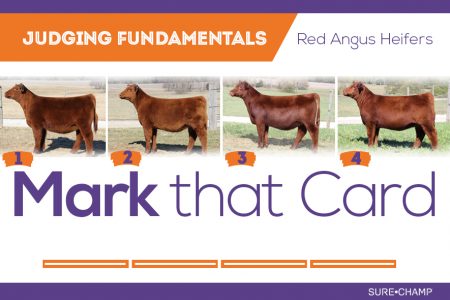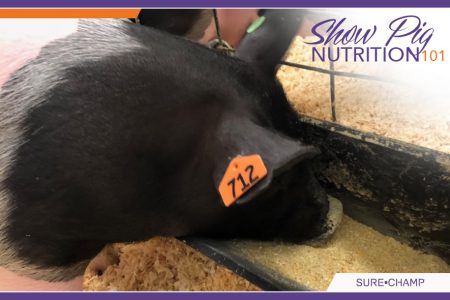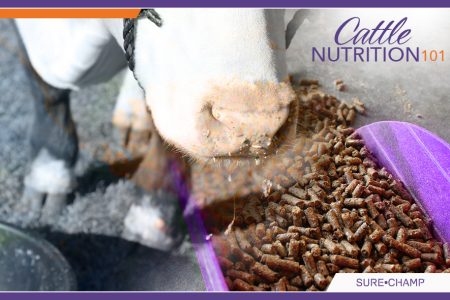Thank you to Taylor Frank, Butler Community College Livestock Judging Team Coach, for providing the officials. Placing: 1-4-3-2 Cuts: 5-3-3 I like the Red Angus heifers 1-4-3-2. The most problem-free 1 heifer was the easy place to start- and it’s at the ground where she reads truly unique. It’s rare to find a Red Angus that […]
Sheep Nutrition 101
Q&A with Nick Warntjes, Associated Feed and Supply What makes up a ‘balanced’ feed ration? A balanced feed ration supplies the proper amounts and proportions of nutrients needed for a specific purpose or stage of an animal’s life. While a show lamb diet might have different specs than a lactating ewe ration, all diets should […]
Show Pig Nutrition 101
Ben Bobell, Bobell Farms, Lincoln, Ill. What are the most important nutrients in a show pig ration? Protein and Lysine are the building blocks for muscle development and skeletal growth. Fat is necessary for calories and overall growth and fleshing, and vitamins and minerals are needed for basic development of the pig. </p> How does […]
How Nutrition Plays a Role in Raising 4-Legged Kids
With a 4-H project “gone mad” Kedrick Miller has devoted the last two decades to building his meat goat operation. Located in Thorntown, Ind., Miller along with his wife, Melissa and four kids focus their attention on raising high-quality Boer goats for youth livestock exhibitors. What started at as a 4-H project about 20 years […]
Goat Nutrition 101
What ingredients make a “balanced feed ration” for my show goats? There are lots of ingredients that can make up a balanced feed ration. Perhaps what is more important than the types of ingredients, is the nutrient composition of the “balanced” feed ration. The nutrient composition consists of certain amounts of protein, energy, vitamins and […]
Cattle Nutrition 101
When should I feed my animal? Consistency is key when feeding both steers and heifers. Typically, you feed morning and night and want close to 12 hours between those feedings. Hot weather during the summer can decrease appetite, so it is beneficial to feed early in the morning and later in the evening. Make sure […]





